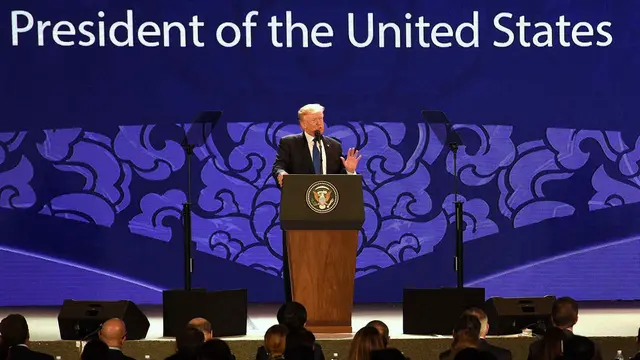China's manufacturing activity contracted in May, suggesting that economic growth is likely to keep dipping, as authorities have tightened policies over concerns of growing financial risks.
The HSBC Flash Manufacturing Purchasing Managers' Index (PMI) for May fell to 49.6, dropping under the boom-bust line of 50 for the first time since October, according to figures released by HSBC on Thursday.
Qu Hongbin, chief economist at HSBC China, said weak demand at home and abroad dragged the preliminary PMI reading down, adding that the country is facing rising downward risks in the second quarter.
The manufacturing contraction, following slowed growth in the first quarter, has dashed hopes that China's economy might pick up later in the year after slipping to a 13-year low in 2012.
China's GDP grew 7.7 percent in the first quarter of 2013, lower than the 7.9-percent increase registered in the fourth quarter last year. Power consumption climbed 4.9 percent in the first four months, 1.1 percentage points lower than the same period last year, as overcapacity continued to weigh on manufacturers.
"China's economic growth will continue to fall in the rest of the year," said Zhang Zhiwei, chief China economist at Nomura. He said regulators will tighten policies, as they are worried about a possible financial meltdown.
Despite lackluster investment growth, China's volume of total social financing, a gauge that measures credit expansion, surged 63.09 percent in the first four months in comparison to the same period last year.
Analysts said a large proportion of the money has continued to circulate in the financial sector rather than propping up the real economy, inflating a bubble that has alarmed authorities and investors.
Non-performing loans logged across Chinese banks rose for six straight quarters in the first three months. Assets managed under trust companies jumped 64.7 percent year on year to 8.73 trillion yuan (1.42 trillion U.S. dollars) by the end of March.
Cash flows for some projects rolled out by local governments in order to prevent China from being dragged into a recession have remained in negative territory almost five years after being launched.
"The government's attention to financial risks is rising. Therefore, no relaxation is expected," Zhang said. "The labor market is still tight and although headline activity indicators are weaker, they are not collapsing."
He added that property prices and pollution have also made authorities reluctant to churn out cheap money.
The government has also shown more willingness to tolerate a slowed economic growth. Premier Li Keqiang said last week that there is not much room for stimulus and government investment, warning that too much reliance on government-led stimulation would be unsustainable and risky.
"As the central government look committed to cautious easing only, we will continue to stay on the bearish side in terms of economic growth," said Yao Wei, China economist at Societe Generale.
China's leaders have pledged to boost the economy through deepened reforms, including widening market access and reducing government intervention.
Last week, China's cabinet eliminated 71 items that were previously subject to central government administrative approval.
"The possible short-term positive catalyst that the financial market is so desperately looking for can only come from reform progress," Yao said.
HSBC's preliminary reading on manufacturing was based on data the bank collected from 85 to 90 percent of the 420 manufacturing companies it surveyed this month.
China's official PMI data is based on a survey of purchasing managers in more than 820 companies and 20 industries.
 简体中文
简体中文

